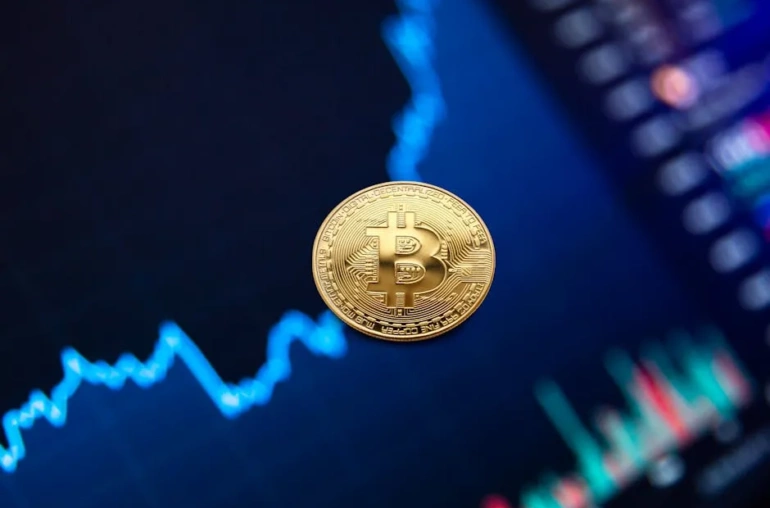
Google’s Quantum Breakthrough: 13,000 Times Faster Than Traditional Supercomputers
In a remarkable advancement in quantum computing, Google has announced that its Willow quantum computer processor has achieved a significant milestone, demonstrating the capability to map out the features of a molecule at an astonishing speed—13,000 times faster than the most advanced supercomputers available today.
What is Quantum Computing?
Quantum computing is a cutting-edge field that leverages the principles of quantum mechanics to process information in ways that classical computers cannot. Unlike traditional computers that use bits as the smallest unit of data, quantum computers use qubits, which can exist in multiple states simultaneously. This unique property allows quantum computers to perform complex calculations at unprecedented speeds.
The Significance of Google’s Achievement
Google’s Willow processor represents a significant leap forward in the practical applications of quantum technology. The ability to quickly and accurately map molecular features could have profound implications for various fields, including pharmaceuticals, materials science, and chemical engineering. For instance, researchers can expedite the drug discovery process by simulating molecular interactions that were previously computationally prohibitive.
How Does It Compare to Supercomputers?
To put this achievement into perspective, traditional supercomputers, which are often regarded as the pinnacle of computational power, take considerable time to solve complex molecular problems. Google’s Willow processor, however, completes these tasks in a fraction of the time, showcasing the potential for quantum computers to revolutionize industries reliant on heavy computational tasks.
Future Implications
The implications of this breakthrough extend beyond just speed. As quantum computers become more integrated into research and development processes, they are expected to unlock new possibilities in various sectors. From optimizing logistics to enhancing artificial intelligence algorithms, the potential applications are vast.
Conclusion
Google’s announcement of the Willow quantum processor marks a pivotal moment in the evolution of technology. As the boundaries of what is possible continue to expand, the question remains: how will industries adapt to harness the power of quantum computing? Only time will tell, but one thing is clear—the future of computing is here, and it is quantum.



